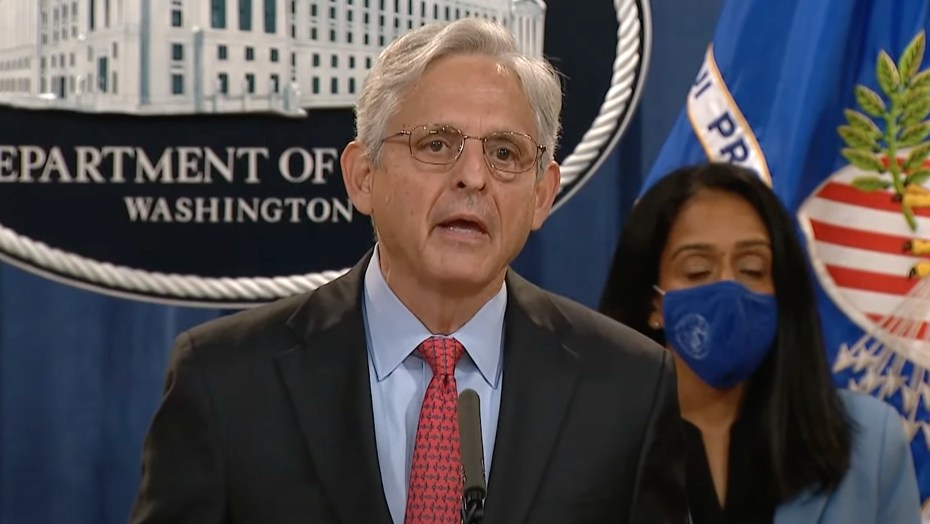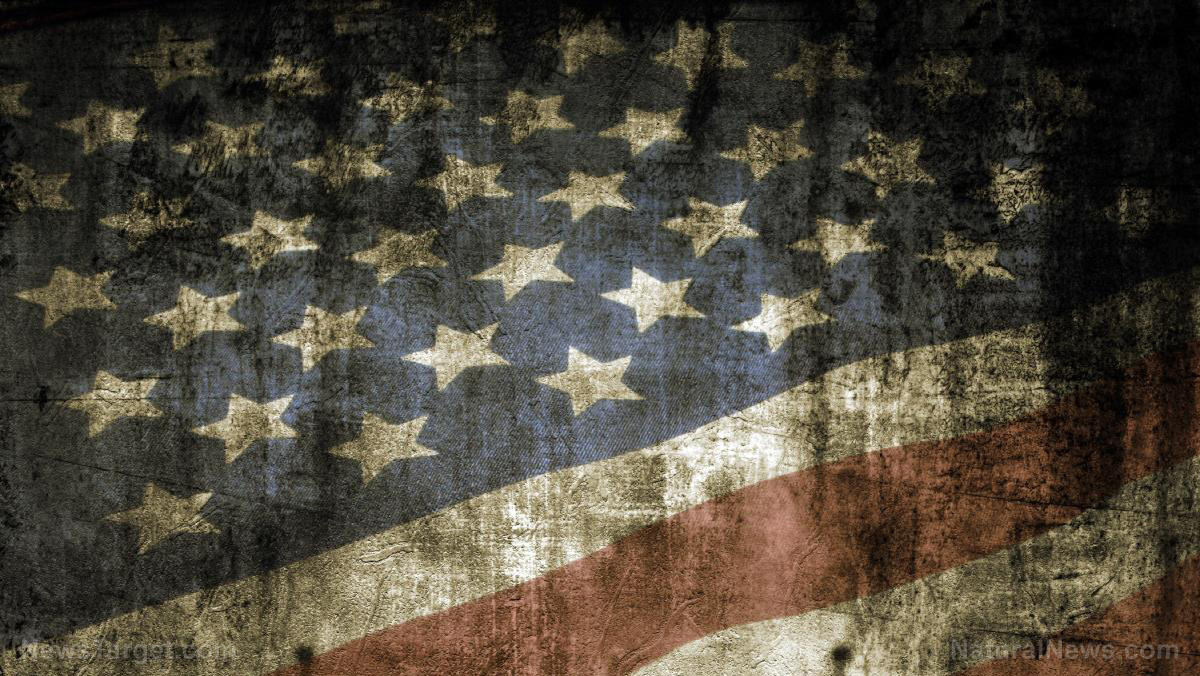
The scientific method, in many people's minds, rightfully includes the peer review process as part of a project's completion for publishing. It was not always this way, though: peer review is actually a relatively new concept that we now know is unreliable and oftentimes fraudulent.
Peer review was originally launched as an experiment, even though it has now become the standard. It has only been around for about 60 years, and prior to that science was a completely different animal.
By today's standards, the pre-peer review world of science was primitive. There was nobody there to verify the credibility of science, which to some meant that a change was required. This is part of how peer review came to be what it is today.
"From antiquity to modernity, scientists wrote letters and circulated monographs, and the main barriers stopping them from communicating their findings were the cost of paper, postage, or a printing press, or on rare occasions, the cost of a visit from the Catholic Church," explains Adam Mastroianni of Experimental History.
"Scientific journals appeared in the 1600s, but they operated more like magazines or newsletters, and their processes of picking articles ranged from 'we print whatever we get' to 'the editor asks his friend what he thinks' to 'the whole society votes.' Sometimes journals couldn't get enough papers to publish, so editors had to go around begging their friends to submit manuscripts, or fill the space themselves. Scientific publishing remained a hodgepodge for centuries."
Following the end of World War II, governments throughout the world started pouring money into a new version of science that included supposedly credible "peer reviewers." It was a prelude to today's "fact checkers:" a cadre of superiors whose job it is to basically stamp yes or no onto each new piece of research that emerged.
"Reviewing papers before publication, which was 'quite rare' until the 1960s, became much more common," Mastroianni adds. "Then it became universal." (Related: In 2014, a massive peer review mafia ring was busted, resulting in the retraction of 60 fraudulent science papers.)
Peer review didn't come about organically in grassroots: it was an expensive scheme with lasting consequences for science
It is estimated that scientists collectively spend 15,000 years every year reviewing papers. They are generally all paid for their time, but who is doing all the paying? Governments, of course, along with universities, the uber-wealthy and their various foundations, which all have a vested interest in pushing and steering their own science agenda.
Taxpayers, if you really get to the root of it, are the ones actually paying for all this peer review fraud. And it is these same taxpayers, along with their families, who pay even more of the price in the form of misguided science policies, i.e., covid lockdowns, face masks and "vaccines."
"In all sorts of different fields, research productivity has been flat or declining for decades, and peer review doesn't seem to have changed that trend. New ideas are failing to displace older ones. Many peer-reviewed findings don't replicate, and most of them may be straight-up false."
"In fact, we've got knock-down, real-world data that peer review doesn't work: fraudulent papers get published all the time."
One big reason why this happens is because peer reviewers almost never look at the data behind the papers they review – and most journals that publish papers do not require it, nor do they require that scientists make their data public at all.
"That’s how we've ended up in sitcom-esque situations like ~20% of genetics papers having totally useless data because Excel autocorrected the names of genes into months and years."
Check out Mastroianni's full assessment of peer review at Experimental History.
Want to learn more about the scourge of pseudoscience? Visit ScienceFraud.news.
Sources for this article include:
ExperimentalHistory.substack.com
Please contact us for more information.


















